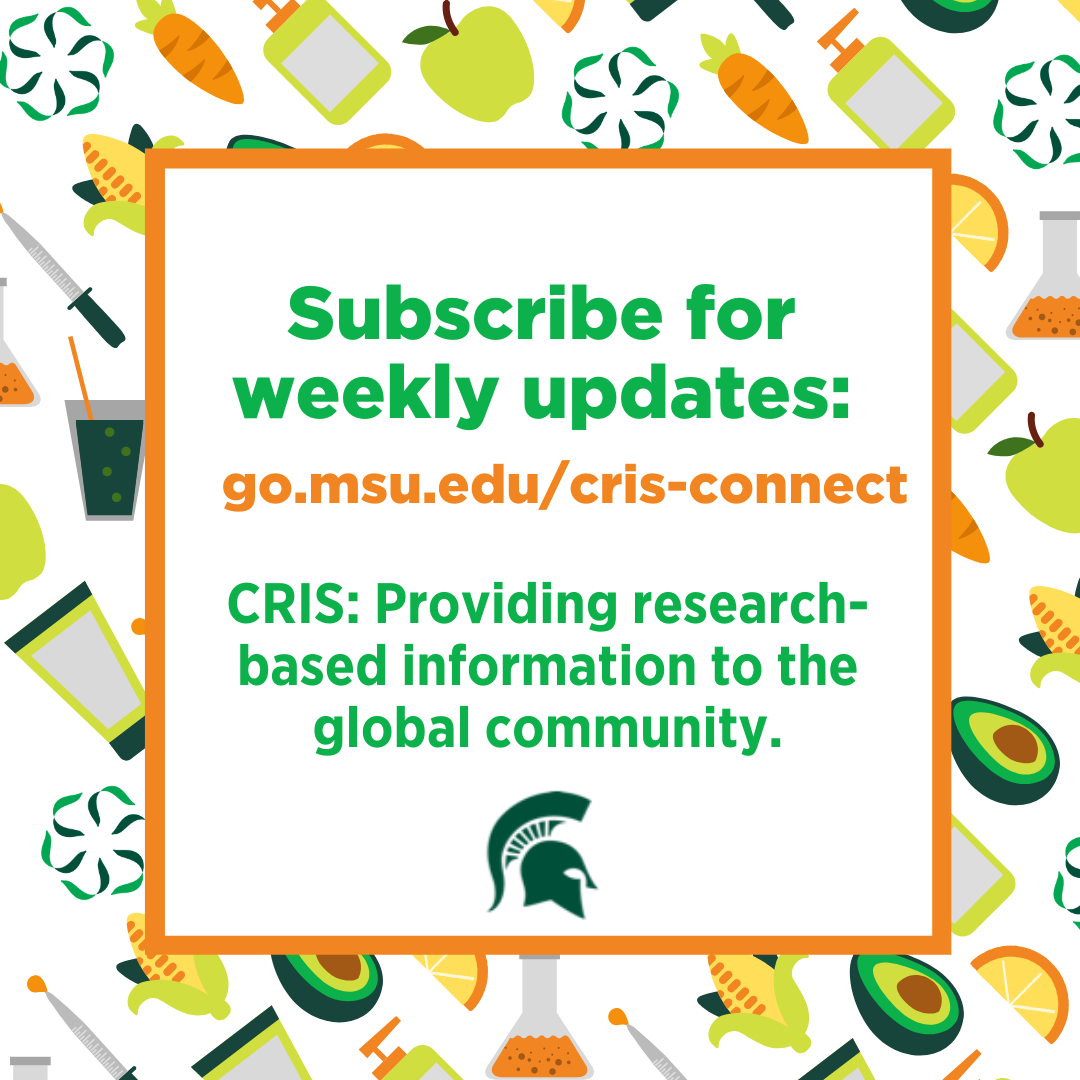Dryer Sheet Ingredient Safety
This community-requested blog looks at dryer sheets and explores the safety of ingredients that make up this common household product.

What is a dryer sheet?
A dryer sheet is a nonwoven polyester material that manufacturers coat with ingredients to improve laundry's softness, decrease static electricity, and frequently add a desired fragrance (1,2,3).
What are common dryer sheet ingredients? What do they do?
The most common ingredients include (1,2,3):
- Dipalmethyl hydroxyethylammoinum methosulfate: a softening and antistatic ingredient

- Fatty acid, fatty alcohols, and/or alcohol ethoxylates: softening agent
- Polyester substrate: the carrier material (e.g., sheet) the ingredients are coated on
- Clay: a rheology modifier that controls how other ingredients on the dryer sheet flow and disseminate as they're heated
- Fragrance
Are there safety concerns?
A 2011 study showed that dryer vents containing most, if not all, products involved in the washing and drying process, not exclusively dryer sheets. Dryer vents may introduce harmful airborne compounds called volatile organic compounds (VOCs) into the air.
The U.S. Environmental Protection Agency classifies seven of the VOCs as hazardous air pollutants (HAP) (remember, a hazard is only one part of determining risk). The paper did NOT look at the impact on human health and suggested further research be conducted, to see if there are any human health concerns.
As of publication, we at CRIS could not find any evidence in the current scientific literature to support that dryer sheets (or even dryer vents) negatively impact human health.
What about fragrances in dryer sheets? Is that a concern?
For most individuals, fragrances do not impact health. However, some scents may contain ingredients that may cause allergic reactions, asthma, migraines, and contact dermatitis in sensitive populations (1,2).
If you have sensitive skin or have other health sensitivities, it's important to work with your physician to learn your triggers and avoid fragranced products when needed.
Unscented dryer sheets and other laundering products are available for individuals who do not wish to use fragranced products or have sensitivities (1).
What about "green," "eco-friendly," "all-natural," and other similarly labeled dryer sheet products? Are those better?
Not necessarily. A harmful compound can be derived from natural or synthetic sources. The hazard doesn't change because of how it's sourced.
Marketing labels such as "green," "eco-friendly," "all-natural," etc., are not regulated by the United States government. The manufacturer may add these labels to call out an ingredient, or they can be certified by a third-party organization, such as the "Non-GMO Project," which requires manufacturers to meet specific standards.
Marketing labels like "green" or "eco-friendly" reflect neither the health nor safety of the product.
While companies can put marketing labels on products, they must be truthful. Suppose claims are gravely misleading, disingenuous, or otherwise cause harm. In that case, the manufacturers violate the United States Federal Trade Commission's laws that prohibit false advertising, leading to serious legal repercussions.
Marketing labels are not intended to mislead the public. Instead, they are designed to quickly show what manufacturers believe to be a product's positive attributes. These attributes do not designate safety.
The good news.
There are many ways to do your laundry, and if dryer sheets are part of your process, you can use them without worrying about adverse health outcomes.
If you have any questions about foods and ingredients, please reach out to us on Twitter, send us an email, or submit your idea to us at go.msu.edu/cris-idea.



 Print
Print Email
Email




